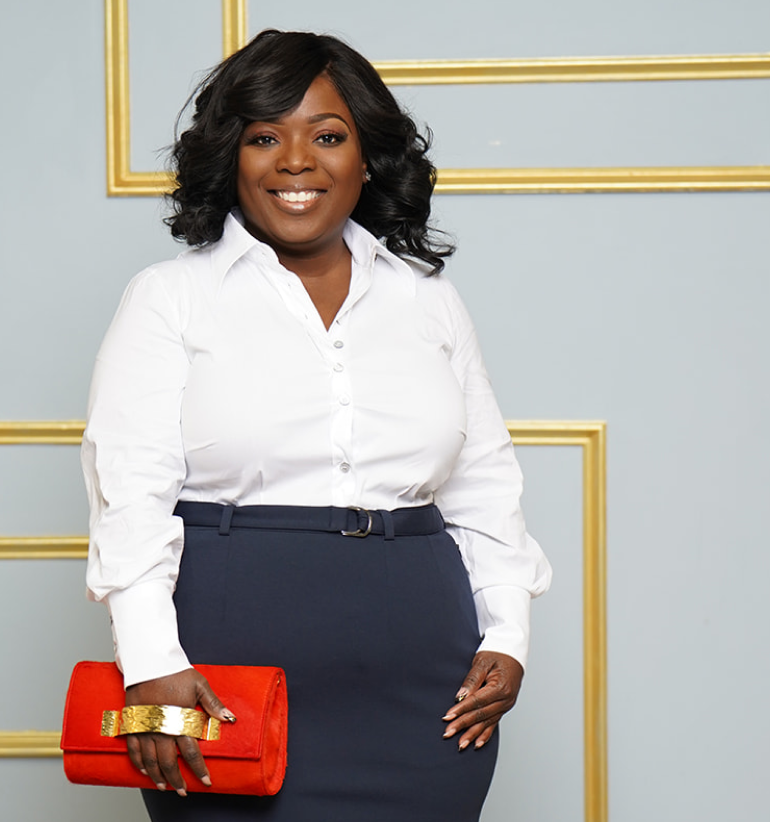When it comes to business casual outfits for women, striking the right balance between professionalism and style can be tricky. It's important to select pieces that keep you looking polished while still feeling comfortable. This dress code has evolved in recent years, offering more flexibility and allowing for a greater range of personal expression. Whether you're new to the workforce or a seasoned professional, building a versatile business casual wardrobe is essential for success. From smart blouses to tailored trousers, here's a guide to mastering business casual fashion.
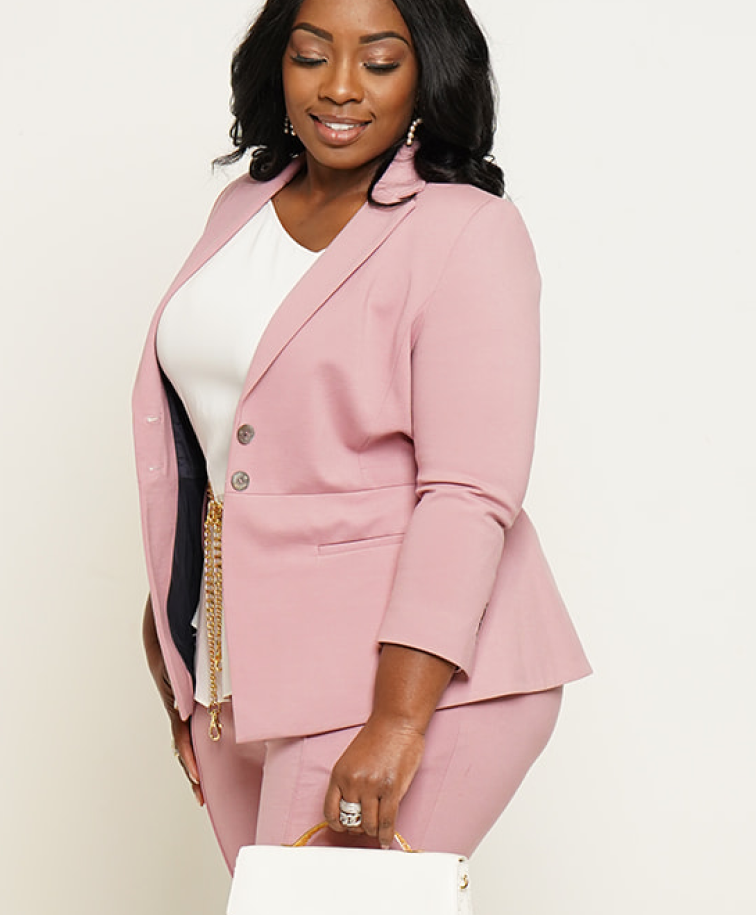
1. Blouses and Tops:
Blouses are a staple for any business casual wardrobe. Opt for classic styles such as button-down shirts or simple, elegant blouses. Materials like silk, cotton, or chiffon create a polished look while being comfortable. Prints and colors can add personality, but it's best to avoid anything too bold or flashy. Pairing these tops with structured pants or skirts will complete the business casual vibe effortlessly.
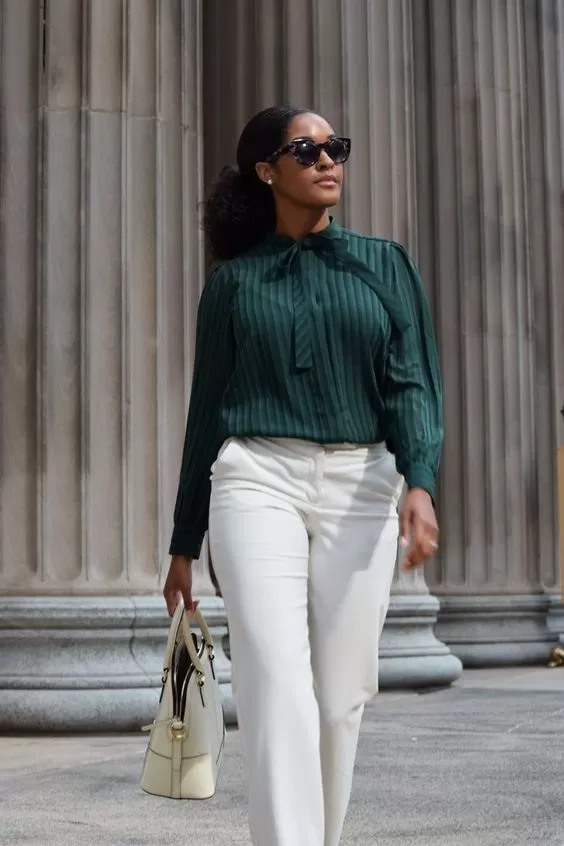
2. Tailored Trousers:
Tailored trousers are a versatile option that can easily be dressed up or down. They offer a clean and professional appearance while still allowing comfort for long work hours. Whether you choose slim-fit, wide-leg, or cropped styles, make sure the pants fit well and are in neutral colors like black, navy, or gray. High-waisted trousers, paired with a tucked-in blouse, provide a sleek and modern business casual look.
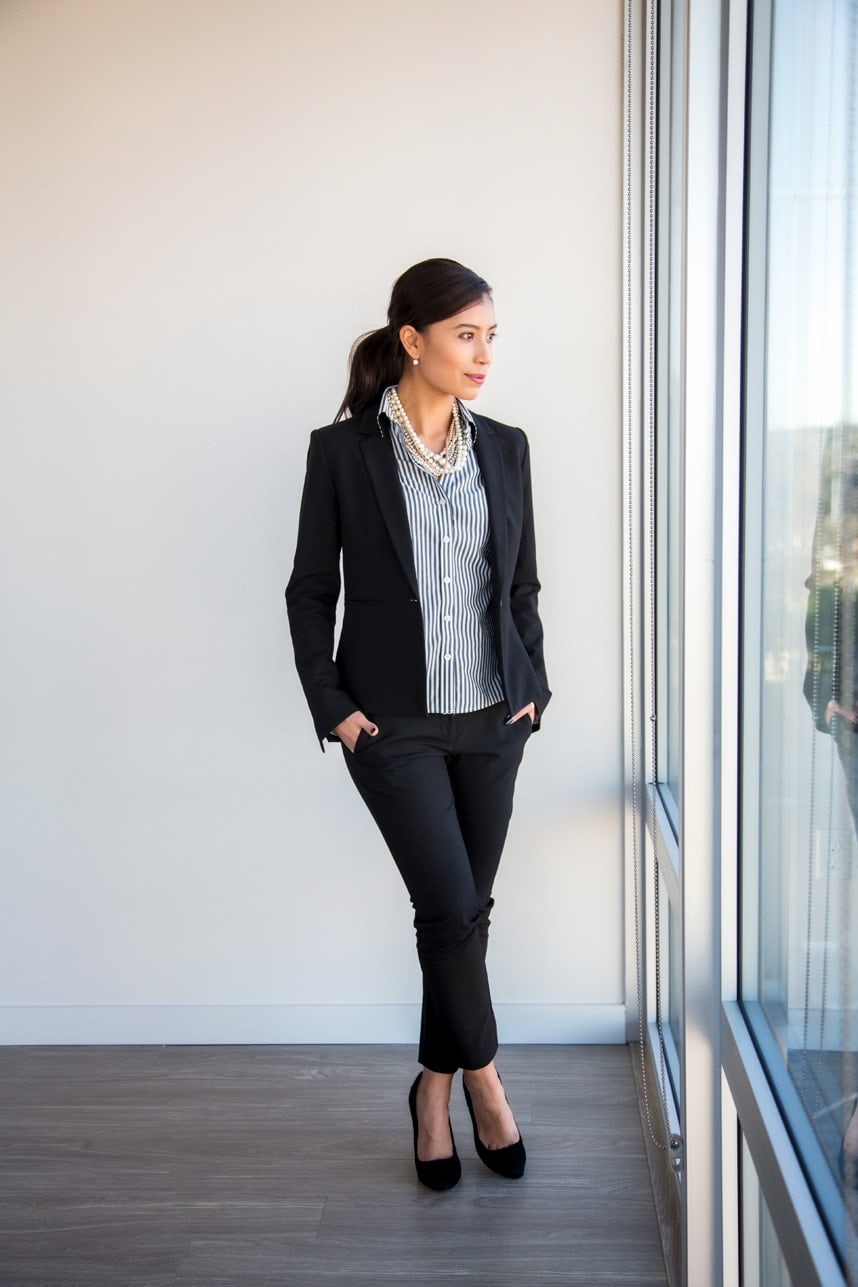
3. Dresses and Skirts:
Dresses and skirts bring a feminine touch to business casual outfits. A-line or pencil skirts are ideal, hitting around knee-length to maintain professionalism. For dresses, sheath or wrap styles work well in office settings, especially when they are paired with a blazer. Keep the prints subtle and avoid anything too form-fitting or revealing.
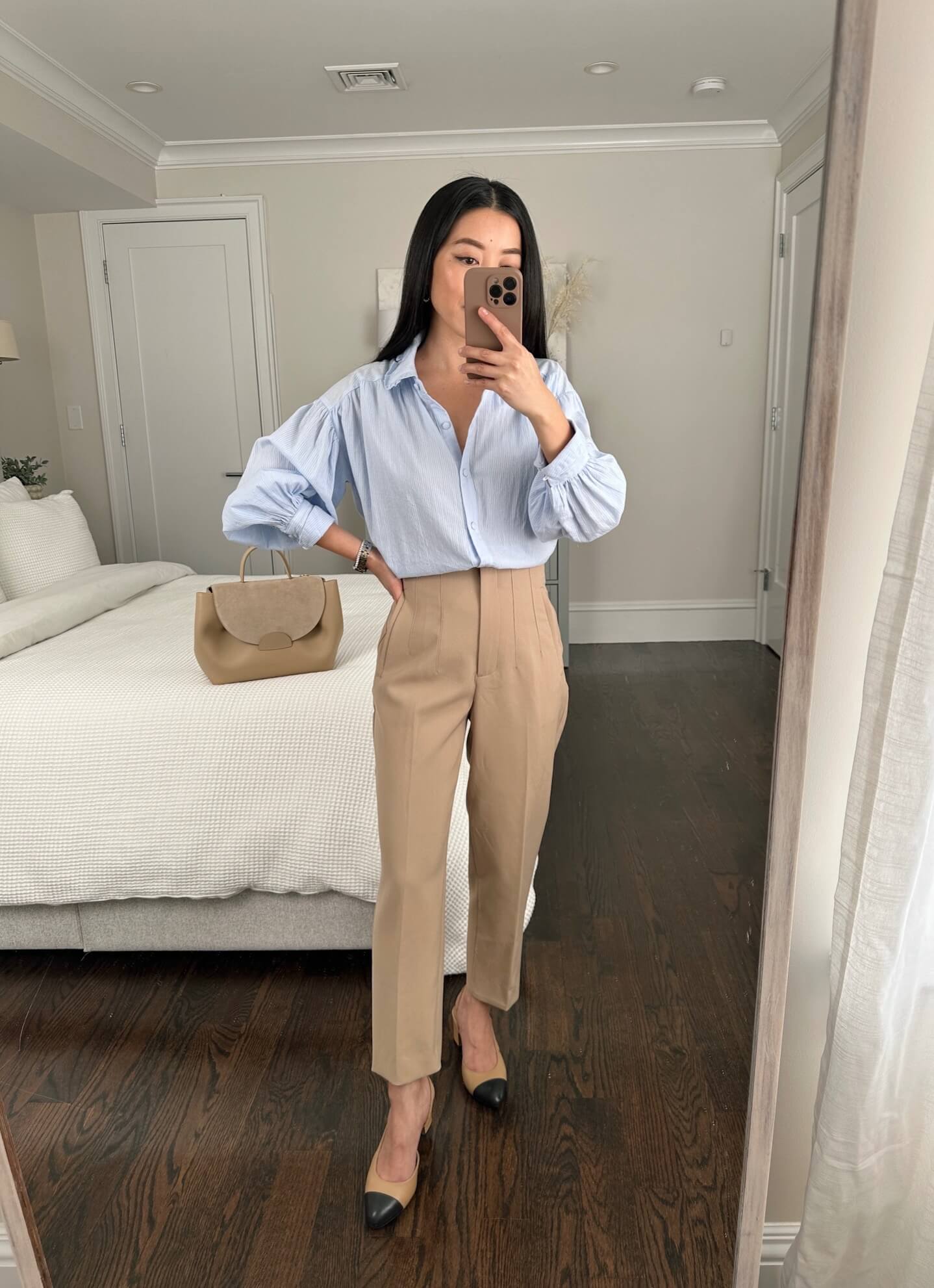
4. Blazers and Outerwear:
Blazers are the ultimate layering piece for a business casual look. They add structure to any outfit, whether worn over a dress or paired with trousers and a blouse. Choose blazers in neutral colors or soft patterns like plaid or houndstooth for a stylish touch. Cardigans and light jackets can also work well, especially during colder months, providing warmth while maintaining professionalism.
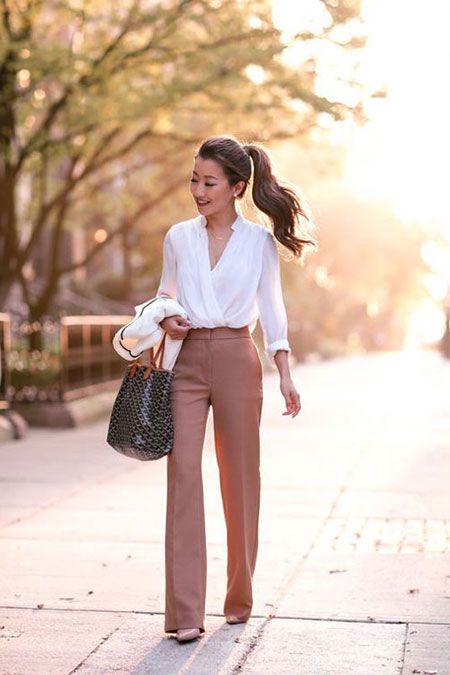
5. Shoes for Business Casual:
Shoes are an important part of any business casual ensemble. Aim for closed-toe styles like loafers, ballet flats, or low heels. Neutral tones are always a safe choice, but if you want to add a pop of personality, consider muted colors or soft patterns. Comfort is key, so avoid anything too high or uncomfortable for long days at the office.
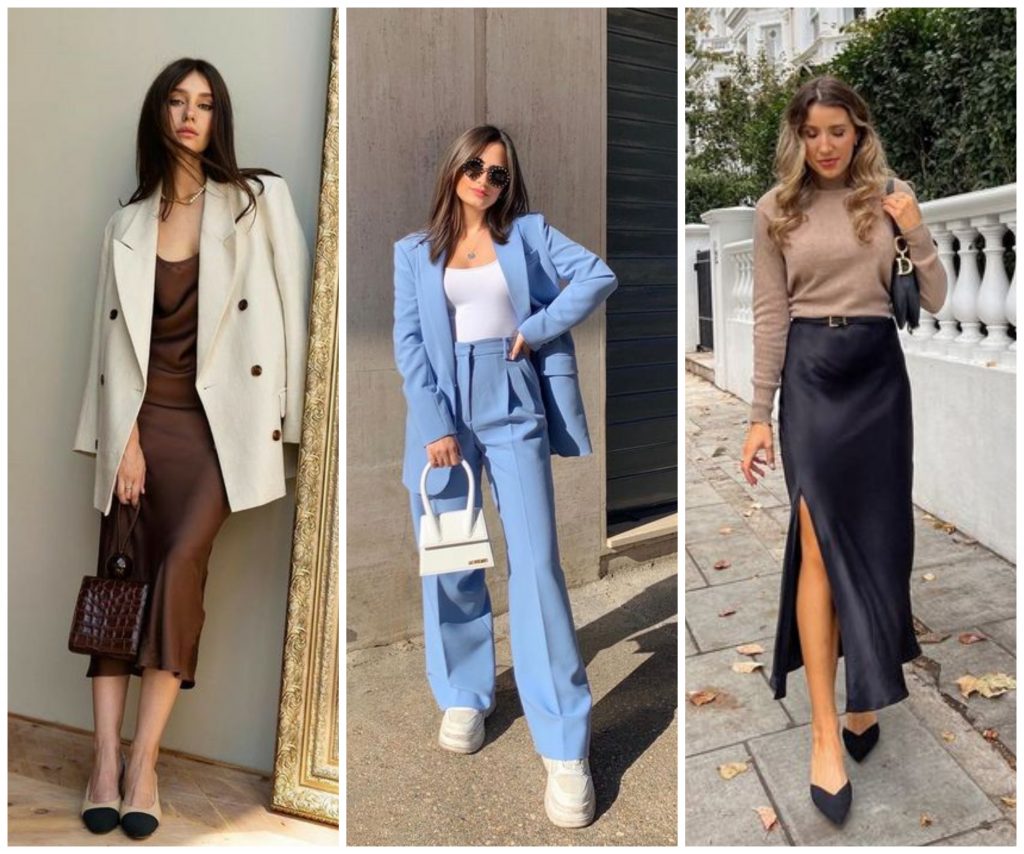
6. Accessories and Finishing Touches:
Accessories are a great way to personalize your business casual outfit without going overboard. Minimalistic jewelry such as small earrings, delicate necklaces, or a simple watch can enhance your look without distracting from the overall professionalism. A structured handbag in a neutral tone can also complement your attire while keeping everything you need organized.
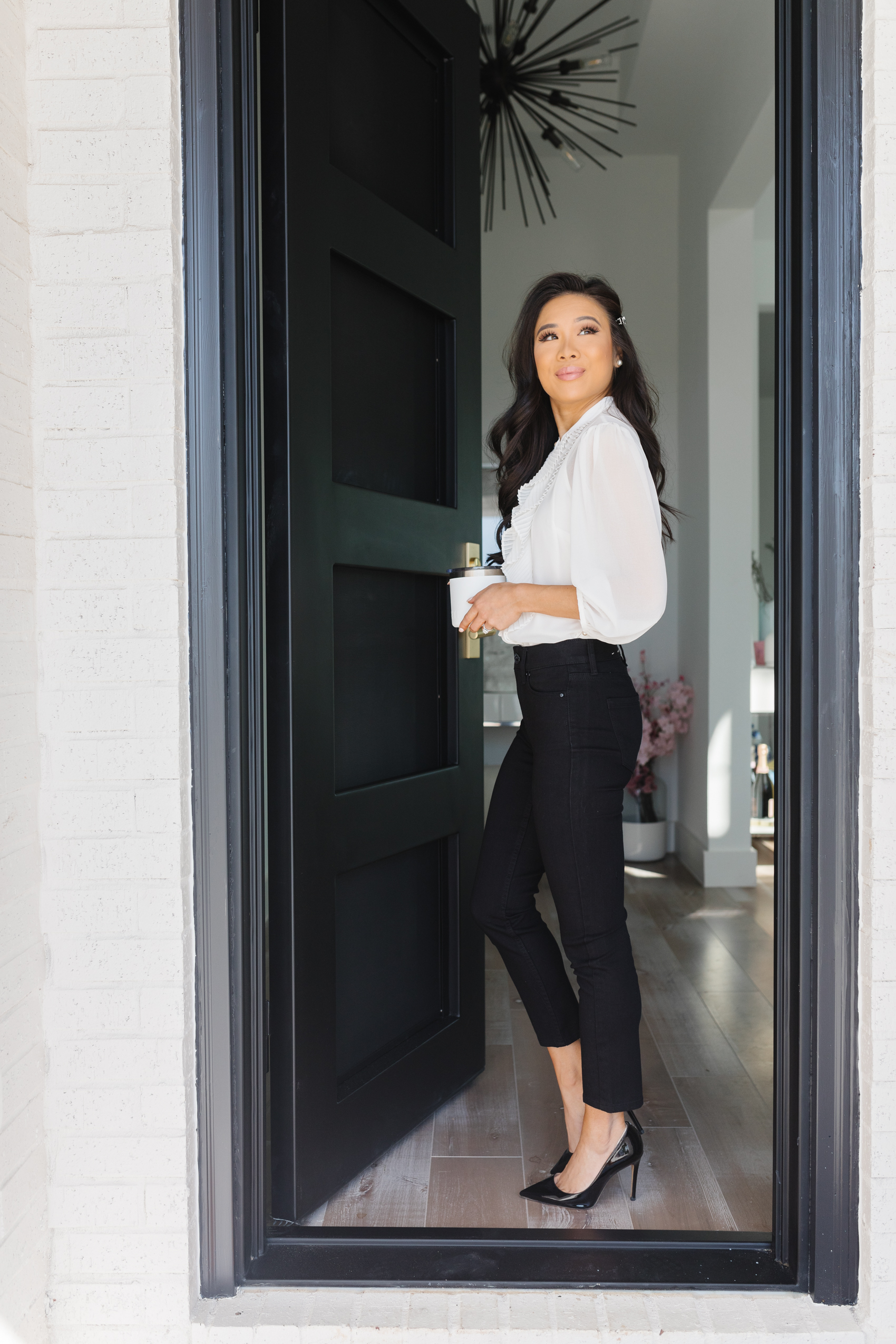
7. Fabrics and Textures:
Choosing the right fabrics and textures is key when building a business casual wardrobe. Avoid fabrics that wrinkle easily, like linen, unless you’re confident in maintaining them throughout the day. Instead, opt for more forgiving materials like polyester blends, cotton, or wool. Textures like tweed or knit can add dimension to your outfit while still looking sophisticated.
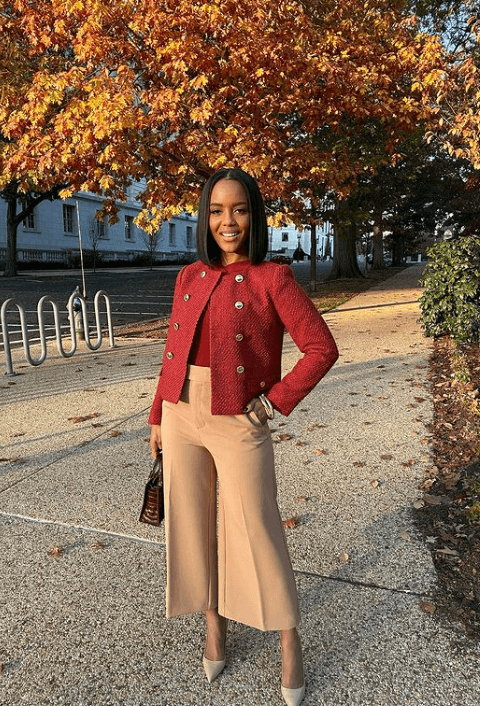
8. Seasonal Considerations:
Business casual attire changes with the seasons, so it’s important to adjust your wardrobe accordingly. In warmer months, opt for breathable fabrics like cotton or light linen blends. In the winter, heavier fabrics like wool and layered looks will keep you warm while maintaining a professional appearance. Don’t forget to invest in a stylish coat for outdoor wear that complements your business casual look.
